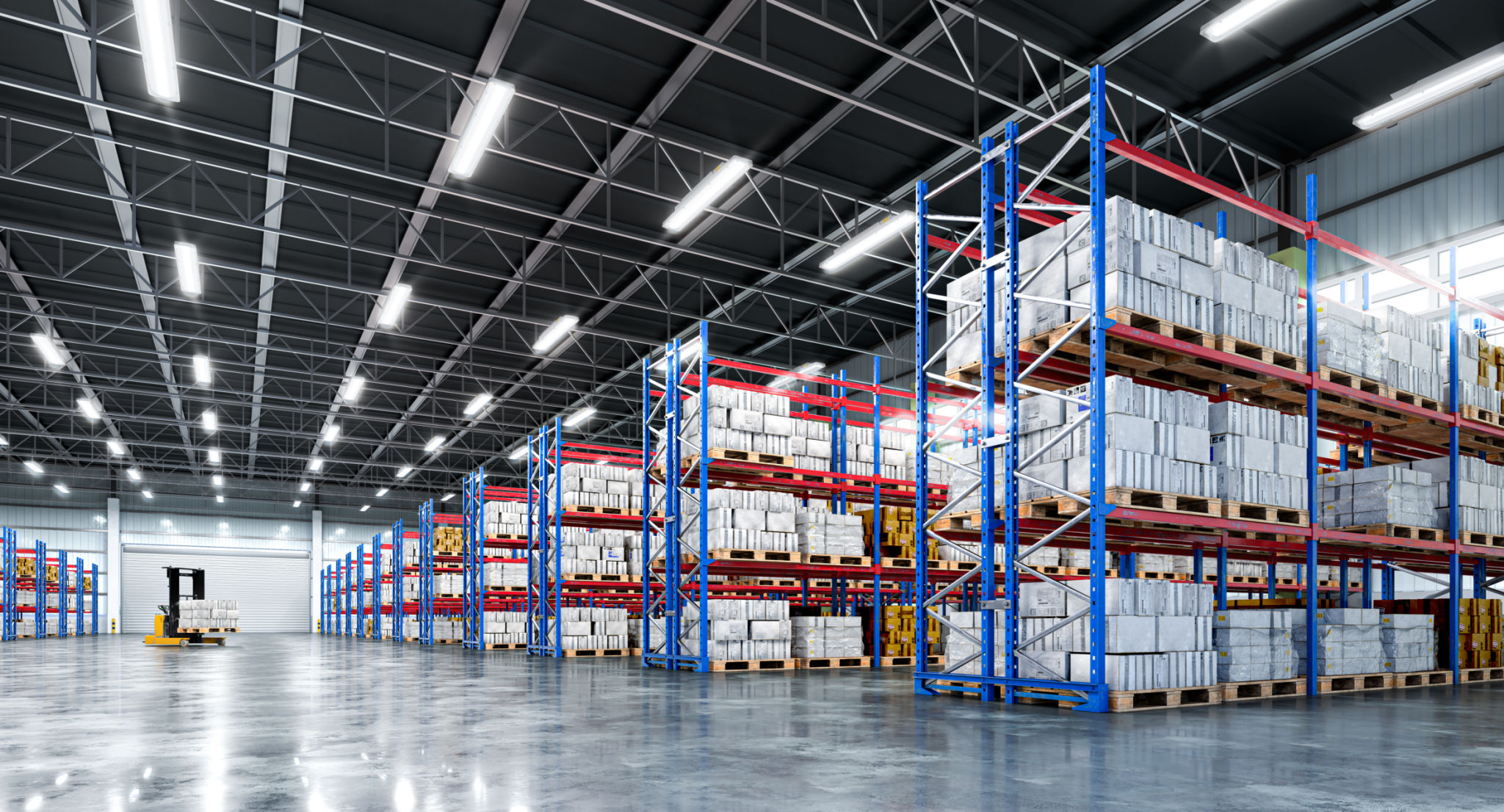The Heart of Guangzhou: Exploring the City's Key Distribution Centers
Introduction to Guangzhou's Distribution Hubs
Guangzhou, the bustling metropolis in southern China, is often referred to as the "City of Flowers." However, its vibrant culture and scenic beauty are not the only draws to this dynamic city. As one of the major trading centers in China, Guangzhou is home to some of the most significant distribution centers that serve as the backbone of its economy.
The city's strategic location near the Pearl River Delta and its proximity to Hong Kong and Macau make it a crucial node in global trade routes. These distribution centers in Guangzhou play a pivotal role in facilitating both domestic and international trade, ensuring that goods move smoothly across borders.

The Significance of Guangzhou's Distribution Centers
Guangzhou's distribution centers are essential for several reasons. Firstly, they serve as vital points for storing, sorting, and distributing goods. This function is critical for businesses that rely on efficient logistics and supply chain management. Additionally, these centers support the local economy by providing numerous jobs and fostering growth in related industries such as transportation and warehousing.
Moreover, Guangzhou's distribution centers are integral to the city's reputation as a trading powerhouse. They enable businesses to reach a wider market, both domestically and internationally, by facilitating the rapid movement of products. As a result, Guangzhou has become a hub for industries ranging from electronics to textiles.
Key Distribution Centers in Guangzhou
Several distribution centers stand out due to their scale and efficiency. Among them, the Guangzhou Baiyun International Airport Logistics Park is particularly notable. This facility is strategically located near one of China's busiest airports and offers extensive services for air freight operations.

Another significant center is the Guangzhou Nansha Free Trade Zone. This area is designed to boost trade by offering preferential policies and streamlined customs procedures. It provides an excellent environment for businesses aiming to expand their reach in international markets.
Challenges Facing the Distribution Sector
While Guangzhou's distribution centers are vital to its economy, they also face several challenges. One of the main issues is the increasing demand for faster delivery times. In a world where consumers expect rapid service, distribution centers must constantly innovate to improve efficiency.
Additionally, these centers must contend with the complexities of global trade regulations. Navigating different customs procedures and tariffs can be daunting, requiring sophisticated logistics strategies and technological solutions.

Innovations Driving the Future
To overcome these challenges, Guangzhou's distribution centers are embracing innovations. Technologies like automation and artificial intelligence are being integrated into logistics operations to optimize processes and reduce human error. These advancements not only improve efficiency but also help in managing costs.
Furthermore, sustainable practices are being adopted to minimize the environmental impact of logistics activities. From using electric vehicles for transportation to implementing green building standards in warehouses, sustainability is becoming a key focus area for many distribution centers in Guangzhou.
Conclusion
In conclusion, the distribution centers of Guangzhou are crucial to the city's economic vitality and its standing as a global trading hub. They not only facilitate the smooth flow of goods but also drive innovation and sustainability in logistics practices. As the city continues to grow and evolve, these distribution centers will remain at the heart of its economic landscape.
For anyone looking to understand the dynamics of global trade or explore business opportunities in China, Guangzhou's distribution centers offer invaluable insights into the complexities and innovations driving modern logistics.